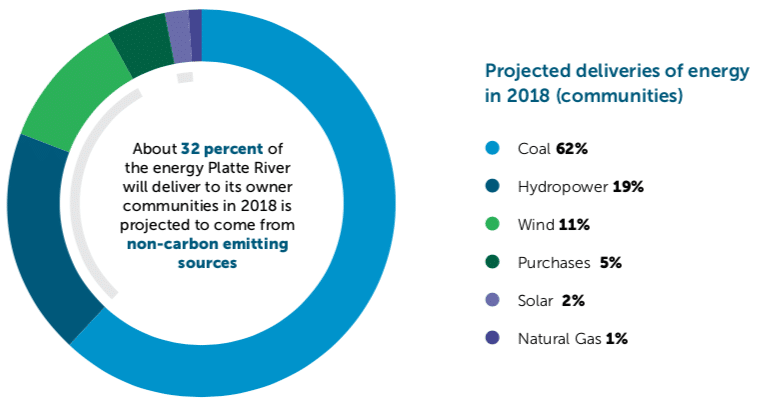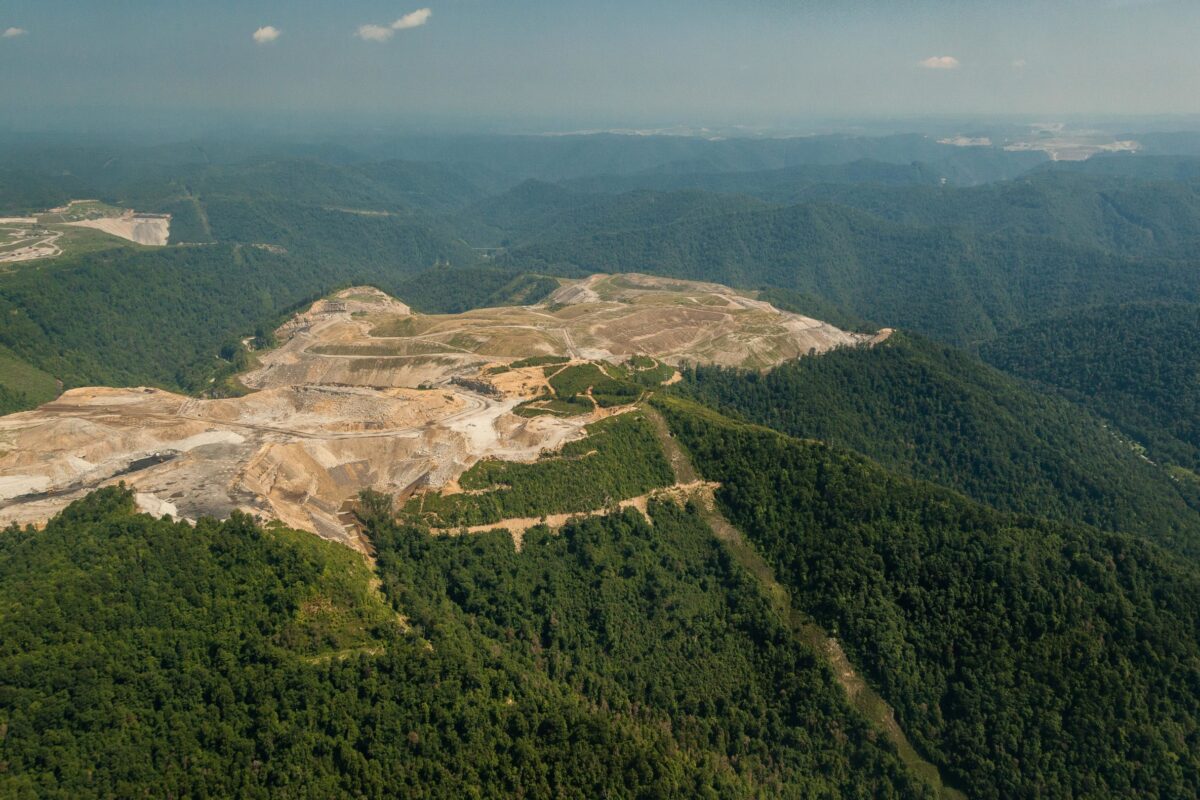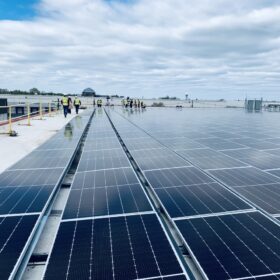For years, 100% renewable energy was a visionary idea, not a concrete goal in public policy. And it certainly was not the aim of companies in the power sector.
But all of that is changing. Concurrent with calls by 18 incoming members of congress to move the nation 100% renewable energy by 2030, five new governors pledging renewable energy for their states, and California and Hawaii setting a timeline for decarbonization of electricity, companies in the electricity business are also getting in on the game.
And while Xcel Energy’s plans to move entirely to 100% zero-carbon electricity by 2050 made big headlines, yesterday a buyer of wholesale power for four municipal utilities in Colorado exceed that, with a plan to move entirely decarbonize its power supply by 2030 – 20 years earlier than Xcel and 10 years earlier than Colorado Governor-elect Jared Polis has pledged.
Platte River's Board of Directors passed its Resource Diversification Policy calling for 100 percent non-carbon energy by 2030, noting advancements must occur to achieve the goal. Details to come.
— Platte River Power Authority (@PRPAuthority) December 6, 2018
Platte River Power Authority (PRPA) does have some caveats, declaring that some external conditions must be met in order for it to reach this goal while meeting its mission to provide “reliable, environmentally responsible and financially sustainable electricity and services.”
The caveats have been stated as follows:
- An organized regional market must exist with Platte River as an active participant
- Battery storage performance must mature and the costs must decline
- Utilization of storage solutions to include thermal, heat, water and end user available storage
- Transmission and distribution infrastructure investment must be increased
- Transmission and distribution delivery systems must be more fully integrated
- Improved distributed generation resource performance
- Technology and capabilities of grid management systems must advance and improve
- Advanced capabilities and use of active end user management systems
- Generation, transmission and distribution rate structures must facilitate systems integration
And while many of these are technical and require mere continuation of current trends, the first is both political and fraught with challenges. While much of the East Coast, Midwest, Texas and California has wholesale power markets managed by grid operators, Colorado and the Mountain West do not, and a plan by California to expand its grid operator into a regional organization was stalled in the state’s legislature.
This move to renewables is not new for PRPA, which has reached 32% non-carbon resources and expects to hit 50% in 2020 when a 150 MW wind farm in Southern Wyoming comes online. In addition, PRPA plans to install an additional 20 MW of solar at its 280 MW coal-fired power plant near Wellington, Colorado.

In terms of what other resources the company will use to reach the 100% mandate, PRPA says that this will be detailed in its upcoming integrated resource plan.
And while both Xcel and PRPA’s plans are a major step forward for Colorado and the utility sector, they won’t be the first power companies to get to 100%, as MidAmerican reached 100% renewables in its electricity supply earlier this year.
This content is protected by copyright and may not be reused. If you want to cooperate with us and would like to reuse some of our content, please contact: editors@pv-magazine.com.









While laudable, MidAmerican’s 100% comes with the caveat that they aren’t actually 100% carbon free. They generate the equivalent of 100% of their energy with carbon free sources, but still burn lots of coal when needed. And, their project to get them there isn’t expected to be completed until 2020.
I wish Xcel was as aggressive as PRPA. Xcel should be able to get to their 55% target by 2020-21, instead of 2026. Hopefully Polis and the newly elected Democrat houses will push them.